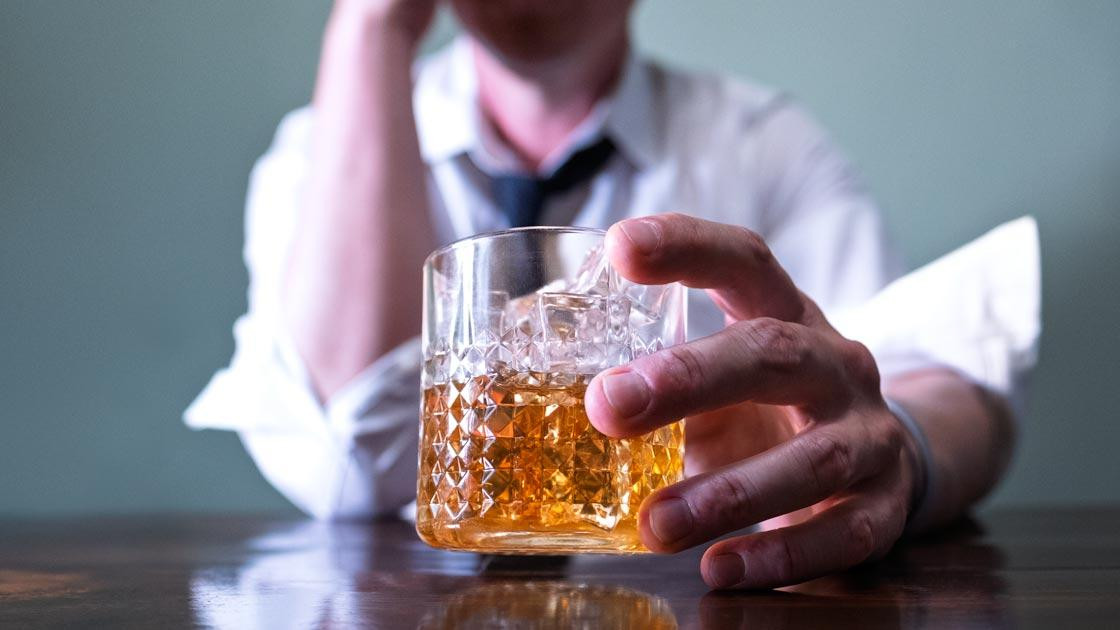A new study by the Insurance Institute for Highway Safety (IIHS) found increases in impaired-driving deaths during the COVID-19 pandemic were more strongly linked to worsening mental health and declines in law enforcement staffing than to changes in alcohol policy.
The analysis revealed that from 2019 to 2022, the percentage of fatally injured passenger-vehicle drivers with a blood alcohol concentration (BAC) at or above 0.08% increased from 28% to 30% and remained elevated. The study draws connections between this rise and a national mental health crisis, as well as reduced traffic enforcement during the pandemic.
“Increases in self-reported depressive episodes and suicide plans and reductions in full-time law enforcement personnel were both associated with rises in impaired-driver deaths,” the study found. A one-point increase in the rate of adults reporting major depressive episodes was tied to 304 additional impaired-driving deaths annually, while a half-point increase in those reporting suicide plans added 322 deaths per year.
Meanwhile, law enforcement reductions also had a significant effect. An average decrease of five full-time officers per 100,000 residents from 2018 to 2022 correlated with an additional 214 impaired-driving deaths each year.
“These results reinforce the need for a Safe System approach that incorporates multiple measures to combat impaired driving,” said IIHS President David Harkey. “Sobriety checks and other visible policing efforts can only happen if we have enough officers. We should also boost programs that include treatment for substance abuse and mental health disorders.”
Although alcohol consumption surged during the pandemic — with 60% of U.S. adults in a May 2020 survey reporting increased drinking — changes in alcohol access laws produced mixed effects. States that allowed home delivery of alcohol from bars and restaurants saw an increase of 304 impaired-driving deaths per year, while those permitting alcohol to-go sales experienced a reduction of about 450 deaths annually.
The effects of mental health and enforcement changes were consistent across multiple crash categories, including single-vehicle nighttime crashes and crashes involving drivers aged 16–20. However, the impact was smaller for younger drivers.
“It’s notable that the effect of the mental health crisis was more pronounced than the reduction in policing, as the mental health dimension of the impaired-driving problem receives comparatively little attention,” said study author Angela Eichelberger, a senior research scientist at IIHS.
While enforcement remains a key deterrent, the study highlights the potential for expanded use of DUI courts, which combine mental health services and strict supervision. As of 2024, there were 295 such courts in the U.S., according to the National Treatment Court Resource Center.











